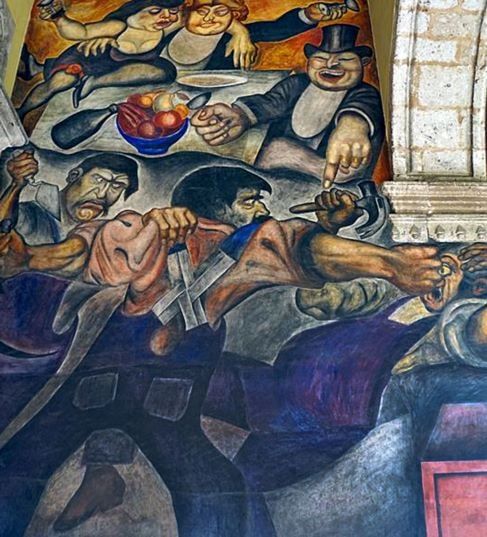What is the relevance of the SOTPE manifesto in the history of Mexican muralism?
SOTPE manifesto contains the general principles of Mexican muralism and also the social vocation that culture assumed as a result of the Mexican Revolution. Learn more about it.





